Nu pierdeți cele mai bune locuri de muncă!
Abonează-te și săptămânal iți vom trimite un email cu ultimele locuri de muncă disponibile. Introdu adresa ta de email mai jos
To travel to Myanmar is to travel back in time to a place largely unchanged since the colonial era. It is a corner of Southeast Asia many travelers know very little about. It is a massive, quirky nation, with surreal landscapes, genuine, beautiful people, age-old traditions, and a mostly intact culture just waiting to be explored.
TRAVEL ADVICE UPON ARRIVAL IN MYANMAR
Visa Requirements for Myanmar
Obtaining a visa upon arrival in Myanmar is possible. Check for specific requirements in regards to necessary documents.
Money Exchange in Myanmar
Come with crisp, US currency to exchange. New, unmarked bills are desirable. ATMs that accept most foreign cards are widely available in Yangon.
The exchange rate is approximately 1,000 kyats to one US dollar (USD).
Communication in Myanmar
SIM cards for phone service in Myanmar used to be extremely expensive. Now they are affordable. If your phone is unlocked, simply buy a SIM card to use for in-country calls.
The Internet connection in Myanmar is one of the slowest in the world. A few establishments have decent, reliable Wi-Fi, but most do not.
HEALTH AND SAFETY IN MYANMAR
Although Myanmar has a turbulent past and present situation, the country, overall, is quite safe. Stay clear of restricted areas.
Malaria is not common in Yangon and Mandalay, but is in rural portions of the country. Research the latest health reports before arriving.
Drink only purified water. Eating food from restaurants and street vendors comes with the risk of an upset stomach.
Private medical facilities are available in Yangon; however, better service comes with a price. Medical attention outside of Yangon is basic.
GETTING AROUND MYANMAR
One of the best ways to get around Myanmar is by train. Although somewhat uncomfortable and time-consuming, train travel in Myanmar stages unique glimpses of real life at affordable prices.
Several domestic and international airlines operate daily flights to and from popular locations throughout the country.
Private bus companies like JJ Express provide comfy and relatively cheap rides to favorite places. Book tickets through a tour operator like Intrepid Travel, located at Scott Market in downtown Yangon.
For a more intimate experience, go on a bike tour with an agency such as Grasshopper Adventures. They advertise cycling excursions all over Myanmar of various lengths and degrees.
Venturing by boat is also an option. Popular, scenic boat-rides run along the Irrawaddy River. Look out for Irrawaddy Dolphins!
HOLIDAYS AND FESTIVALS IN MYANMAR
Thingyan (Water Festival)
This three to four-day event helps cool things off in the extreme heat of mid-April. Myanmar’s New Year, Thingyan, is celebrated by getting wet. People use everything from buckets to hoses to dowse each other. Going anywhere in Yangon during this festival without getting splashed is impossible.
Tazaungdaing Festival of Lights
The city of Taunggyi in southern Shan State is known for its annual hot-air balloon festival held during the Tazaungdaing Festival of Lights, usually at the end of October through the beginning of November. A weeklong parade of handmade balloons is featured.
WHAT TO EAT AND DRINK IN MYANMAR
Food is often served alongside bottomless cups of green tea, tealeaf salad, and pieces jaggery (palm sugar). Myanmar’s tealeaf salad is customarily made of fermented green tea leaves packed with a crunch of sesame seeds, fried peas, dried shrimp, garlic, and nuts.
Mohinga, sometimes referred to as the national dish of Myanmar, tends to consist of rice noodles in a thick, flavorful fish broth. It is normally consumed for breakfast, and is almost always topped with crispy bits of deep-fried goodness.
Myanmar Beer is wildly available. While is nothing to write home about, it is better than other regional brews. Mandalay Rum is another popular choice of alcohol. Drink in the experience of a toddy hut when in more rural areas where fermented palm juice is largely served.
FIVE DESTINATIONS NOT-TO-MISS IN MYANMAR
Much is to be said about Yangon, Myanmar’s largest city and former capital. So much, I have written a separate review. However, outside of Yangon is truly unbelievable and positively magical.
Bagan: An Up and Coming Backpacker’s Paradise
Bagan is one of the most popular tourist sites in Myanmar. It is dusty and dry for most of the year, but November to January sees clearer horizons that pair well with spectacular views from the tops of ancient structures.
Hot-air balloons are a popular way to take in the area’s several thousand temples and pagodas, or rent an electric bike to stay grounded. Bagan is also famous for lacquerware, and boasts an up and coming backpacker scene with many eclectic bars and cafés.
Inle Lake: Something for Everyone
Entire villages made up of stilted homes and canals can be found on Inle Lake in Shan State. Villagers here are used to tourists, but tourism has not overtaken the region. Local fishermen put on a show with what makes the area famous—leg rowing.
A longboat and native guide can be hired to tour the lake for around 18,000 kyats per day. Watch women make cheroots, see lotus thread turned into beautiful scarves, stop by a monastery recognized for jumping cats, and ride through impressive floating gardens. There is something for everyone at Inle Lake.
Pyin Oo Lwin: Myanmar’s Sweet Getaway
Once a retreat during the British period, Pyin Oo Lwin still holds onto its colonial appeal. From fields of strawberries to natural honey and homemade jams, this area is one of Myanmar’s sweetest and most refreshing getaways during the hot summer months.
Hop on a horse-drawn buggy to tour the city and its colonial heritage. Many carriages are restored originals. Stop by the botanical gardens to see monkeys and orchids, or head to Pwe Kauk Falls to shop for locally produced goods. Pyin Oo Lwin is also distinguished for its coffee beans.
Stupas at Kakku: A Tightly Packed Treasure
The Stupas at Kakku, located about 40 kilometers south of Taunggyi, is a hidden treasure. The site is a remarkable, tight-knit collection of more than 2,000 stupas. A bumpy, rural road to get there gives adventure seekers the chance to see more of Shan State’s gorgeous countryside.
Get to know the culture of the Pa-O people as they pay their respects to the stupas in bright, traditional garments during an annual festival in March. An equally colorful market with vendors selling food and produce sits outside the main entrance.
Mergui Archipelago: The Unexplored Side of Myanmar
The narrow strip of coastline in southern Myanmar, called Mergui Archipelago, is still largely uncharted territory. It also happens to be extremely difficult to get to, and some of it is even off-limits to outsiders.
The coastline consists of untouched white, sandy beaches, and perhaps thousands of small islands (mostly uninhabited). A few lavish resorts exist in more developed portions. Book a luxury cruise, or go on a diving trip to get a closer look at this pristine, mysterious section of Myanmar.
WHY YOU SHOULD GO TO MYANMAR
Myanmar is otherworldly, a place beckoning to be explored. It is a place where thatched homes are nestled within the comfort of palm trees, where farmers still work the land by hand, where pagodas hug the sides of mountains, and where barefooted monks walk alongside roads. Because of Myanmar’s diverse terrain, as well as political unrest, several areas are yet to be discovered. What are you waiting for?
Sign in to publish a comment
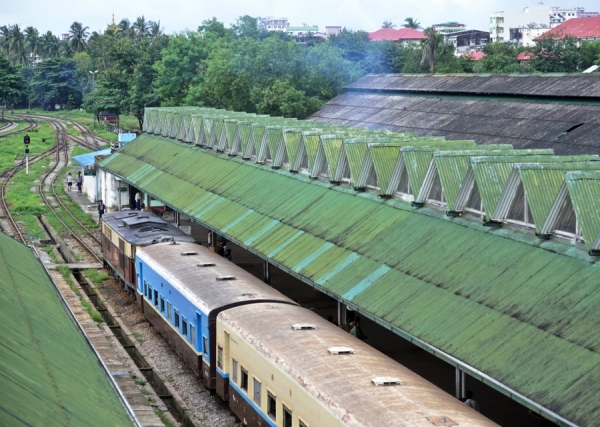
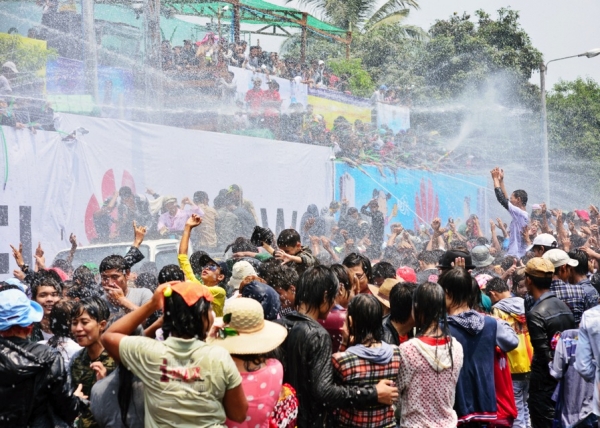
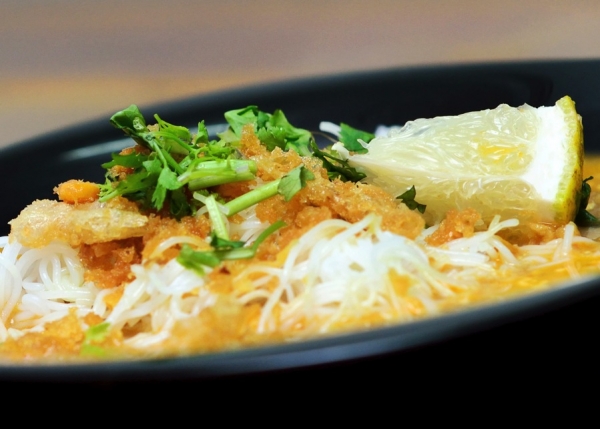
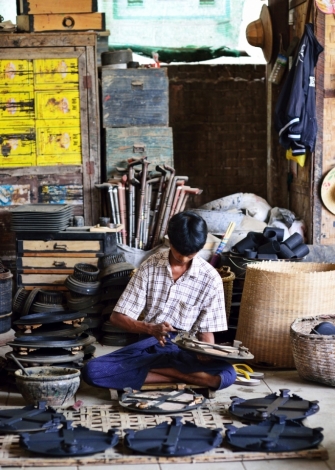
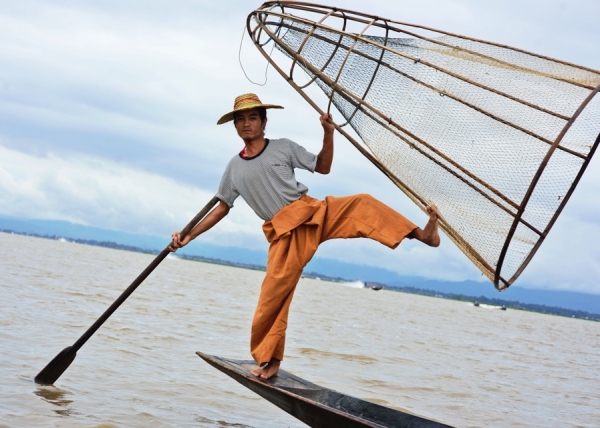
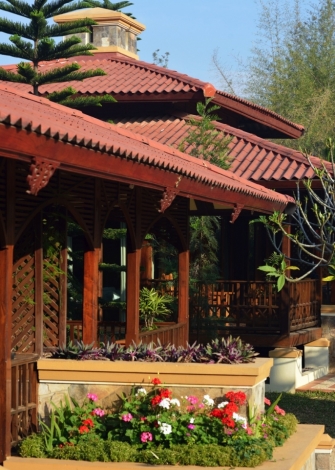
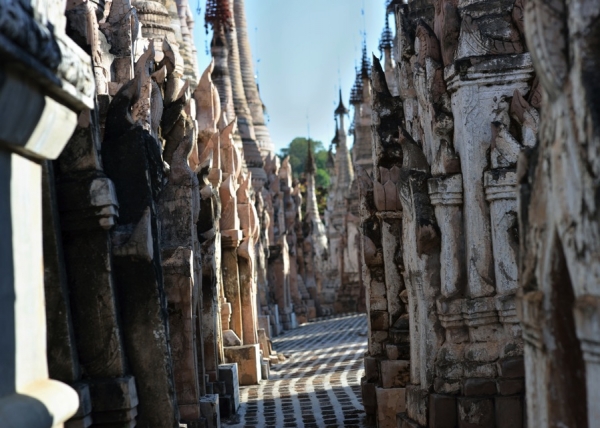
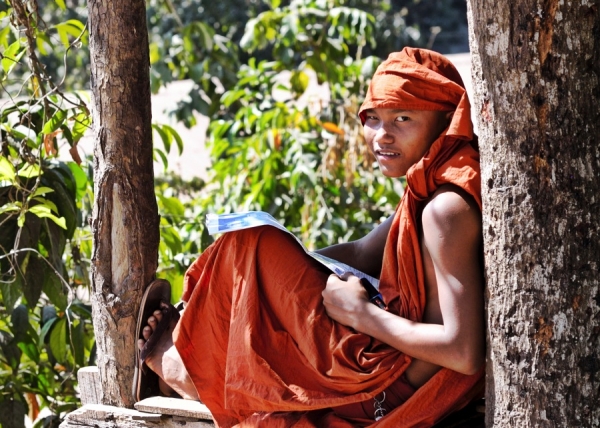
Be the first to comment on this post.